What Is Lifestyle Medicine?
 You know the drill. You go to the doctor, he or she finds you have a condition or disease and the string of prescription drugs start. Those drugs help manage the symptoms. Often, you’re stuck with a lifetime of prescriptions and even prescription changes for the rest of your life. It’s a program of managing the disease and treating the symptoms. What if you could eliminate the drugs and get rid of the disease entirely? Wouldn’t that be wonderful? That’s what lifestyle medicine is all about. It’s finding the root cause, often relating directly to your lifestyle, and helping you make the changes necessary to be disease-free.
You know the drill. You go to the doctor, he or she finds you have a condition or disease and the string of prescription drugs start. Those drugs help manage the symptoms. Often, you’re stuck with a lifetime of prescriptions and even prescription changes for the rest of your life. It’s a program of managing the disease and treating the symptoms. What if you could eliminate the drugs and get rid of the disease entirely? Wouldn’t that be wonderful? That’s what lifestyle medicine is all about. It’s finding the root cause, often relating directly to your lifestyle, and helping you make the changes necessary to be disease-free.
Lifestyle medicine is used to supplement traditional medicine.
Doctors who use this philosophy of medicine don’t replace traditional treatments with lifestyle changes but use those changes to supplement the treatment. It involves six key changes. The first is a primarily plant-based diet. The second change is increasing physical activity. The third lifestyle change is stress management with the fourth being adequate sleep. Avoiding toxic substances and risky behavior and cultivating social connections are the next two steps lifestyle medicine focus.
All the steps are important, but the first step makes the biggest difference for most people.
Obesity is the leading cause of preventable deaths. Whether you’re just overweight or obese, it plays a big role in your overall health. It can cause increased blood pressure, diabetes and heart disease. To eliminate obesity, it takes a lifestyle change to make a difference. That means changing your diet and increasing the amount of exercise you get each day. What you eat is the key to lifestyle medicine. No matter how much you exercise, you can’t out-exercise a bad diet. The food you eat can cause other problems, besides weight gain. You need the right body building nutrients to create a healthy body that can protect itself from illness or chronic conditions.
Exercise and other lifestyle changes are also important.
While your healthcare provider may initially suggest a change of diet, eventually, he or she will add those other changes to the list. Exercise, a healthy sleep pattern and managing stress all play a role in weight control. Exercise not only helps you burn calories, but it also helps eliminate stress, improve your circulation and extend telomeres that protect the body. Adequate sleep is heart healthy and also helps keep the hunger/satiety hormones balanced, so you don’t overeat. Stress can lead to depression, lack of exercise and even stress eating. It can also lead to using toxic substances to bury the stressful feelings.
- Changing your lifestyle means cultivating new habits. It takes more than one healthy meal or trip to the gym. It’s a one-step-at-a-time consistent daily change that brings about an overall improvement in health.
- Lifestyle medicine isn’t meant to replace traditional medicine but complement it. Talk to your doctor about making these changes for improved health. Most physicians don’t have the background to create a specific diet and exercise plan but will be happy to work with specialists in that area.
- If your habits caused you to gain weight, which lead to insulin resistance and diabetes or high blood pressure, losing the weight is important. However, to do that successfully, you have to change your habits.
- Lifestyle medicine uses a holistic approach. It’s not only about managing chronic disease, but also promoting health and preventing disease. Even healthy people benefit from lifestyle medicine.
For more information, contact us today at Body Sculptors Personal Training


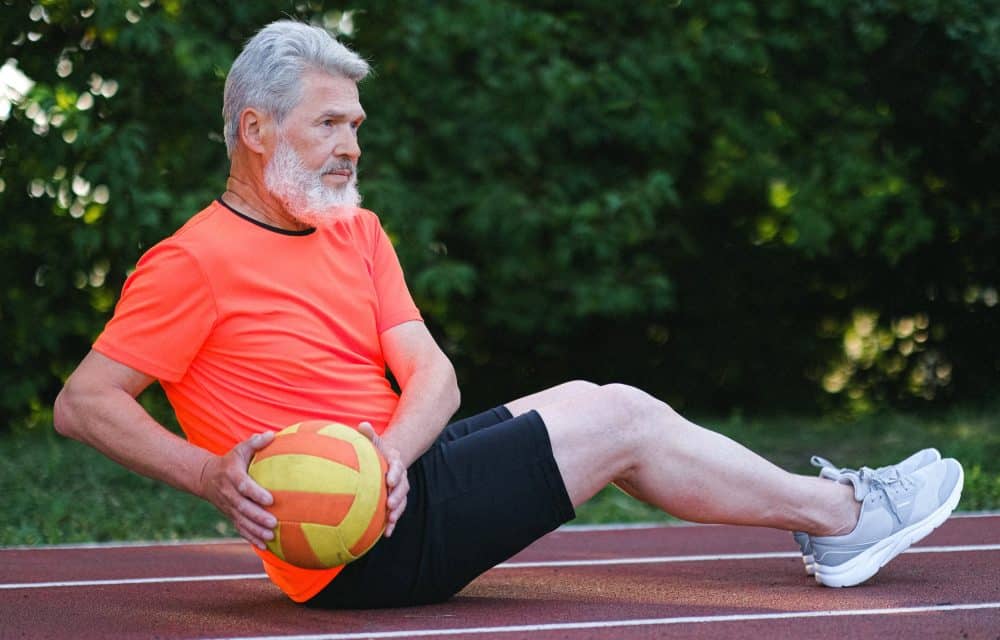
 Exercise is important for a number of different reasons. It improves digestion, increases circulation and helps prevent serious conditions that are life threatening, like stroke, high blood pressure, some types of cancer and type 2 diabetes. Not only does exercise help you lose weight, reducing the risk of obesity, the leading cause of preventable deaths, it increases longevity in other ways.
Exercise is important for a number of different reasons. It improves digestion, increases circulation and helps prevent serious conditions that are life threatening, like stroke, high blood pressure, some types of cancer and type 2 diabetes. Not only does exercise help you lose weight, reducing the risk of obesity, the leading cause of preventable deaths, it increases longevity in other ways.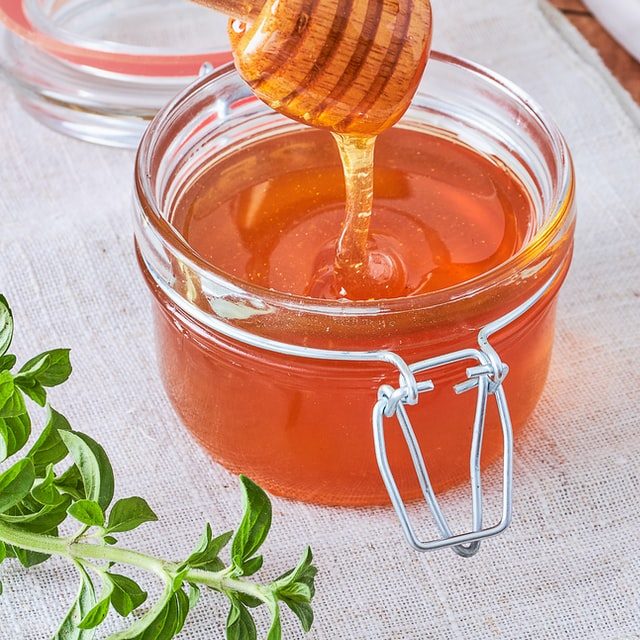
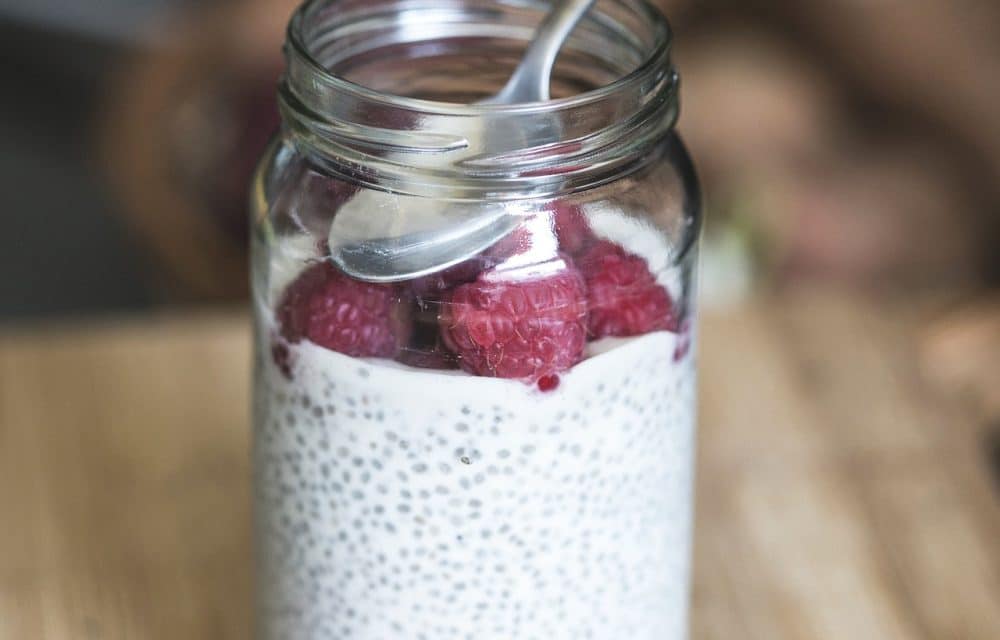
 No matter where you talk about chia seeds and the benefits, someone will bring up the chia pets that are so popular around Christmas. They extend beyond the animal world into the world of Star Wars and politics, with Bernie Sanders chias and Chewbacca’s. But chia seeds provide benefits for good health when you eat them. They’re not just meant to create hair on a clay Elvira or David Hasselhoff. They have a long nutritional history, starting by being a mainstay of the diet of the Aztecs and Mayans.
No matter where you talk about chia seeds and the benefits, someone will bring up the chia pets that are so popular around Christmas. They extend beyond the animal world into the world of Star Wars and politics, with Bernie Sanders chias and Chewbacca’s. But chia seeds provide benefits for good health when you eat them. They’re not just meant to create hair on a clay Elvira or David Hasselhoff. They have a long nutritional history, starting by being a mainstay of the diet of the Aztecs and Mayans.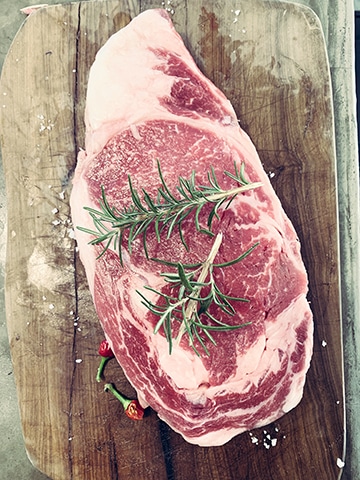
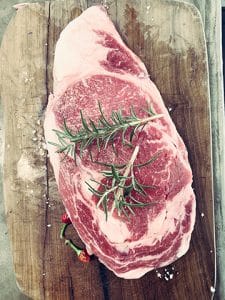 It doesn’t matter whether it’s animal or plant protein, certain factors determine what’s best. For instance, does it contain all nine essential amino acids. The essential amino acids are ones the body can make itself. They must be consumed as food. Some essential amino acids are used more often than others are, such as glutamine compared to tryptophan, which isn’t used as often. The amount necessary for the body should also be considered. Animal protein sources are complete, while only a few plant sources are and they must be combined to make complete proteins.
It doesn’t matter whether it’s animal or plant protein, certain factors determine what’s best. For instance, does it contain all nine essential amino acids. The essential amino acids are ones the body can make itself. They must be consumed as food. Some essential amino acids are used more often than others are, such as glutamine compared to tryptophan, which isn’t used as often. The amount necessary for the body should also be considered. Animal protein sources are complete, while only a few plant sources are and they must be combined to make complete proteins.
 When only the best fitness results will do, we provide that at Body Sculptors in Louisville, KY. We focus on each individual’s needs, whether it’s nutrition needs, overall fitness and weight loss. We make sure each person achieves all types of fitness, which includes strength, endurance, flexibility and balance. Some exercises work a number of muscles at once, which makes them more efficient. Mountain climbers is an example of that type of exercise. While it’s done on the ground, it’s just as grueling as climbing Mount Everest when first start starting.
When only the best fitness results will do, we provide that at Body Sculptors in Louisville, KY. We focus on each individual’s needs, whether it’s nutrition needs, overall fitness and weight loss. We make sure each person achieves all types of fitness, which includes strength, endurance, flexibility and balance. Some exercises work a number of muscles at once, which makes them more efficient. Mountain climbers is an example of that type of exercise. While it’s done on the ground, it’s just as grueling as climbing Mount Everest when first start starting.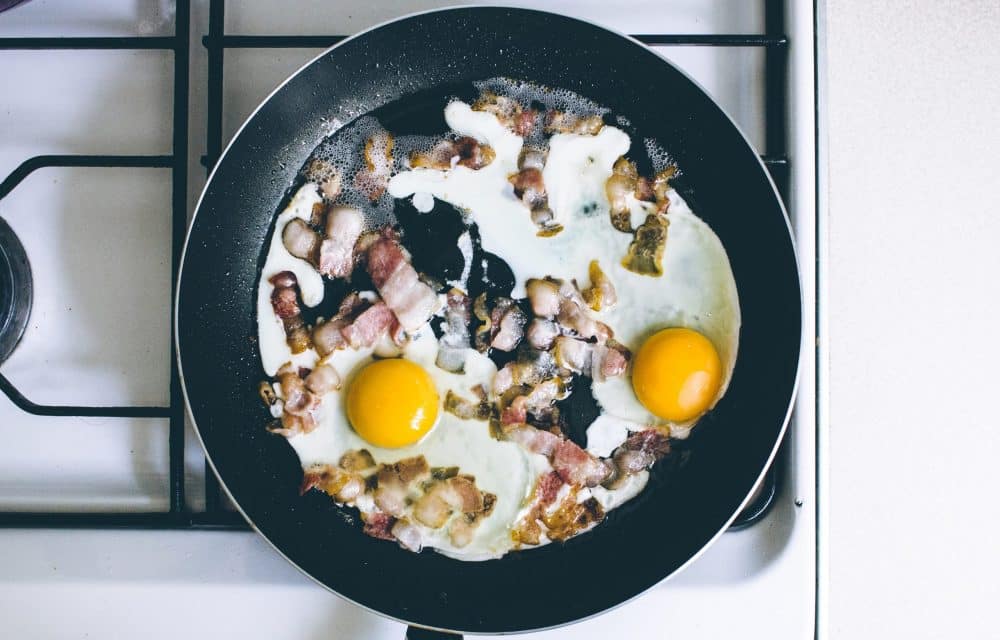
 No matter how much you love to start your day off with a donut, it isn’t on the list of foods to eat in the morning. It should supply not only energy that keeps you going until your next meal, but also adequate nutrition, since it is about a third of your daily calorie intake. Sugar food gives you a burst of energy that depletes just as quickly, leaving you tired and hungry by mid-morning.
No matter how much you love to start your day off with a donut, it isn’t on the list of foods to eat in the morning. It should supply not only energy that keeps you going until your next meal, but also adequate nutrition, since it is about a third of your daily calorie intake. Sugar food gives you a burst of energy that depletes just as quickly, leaving you tired and hungry by mid-morning.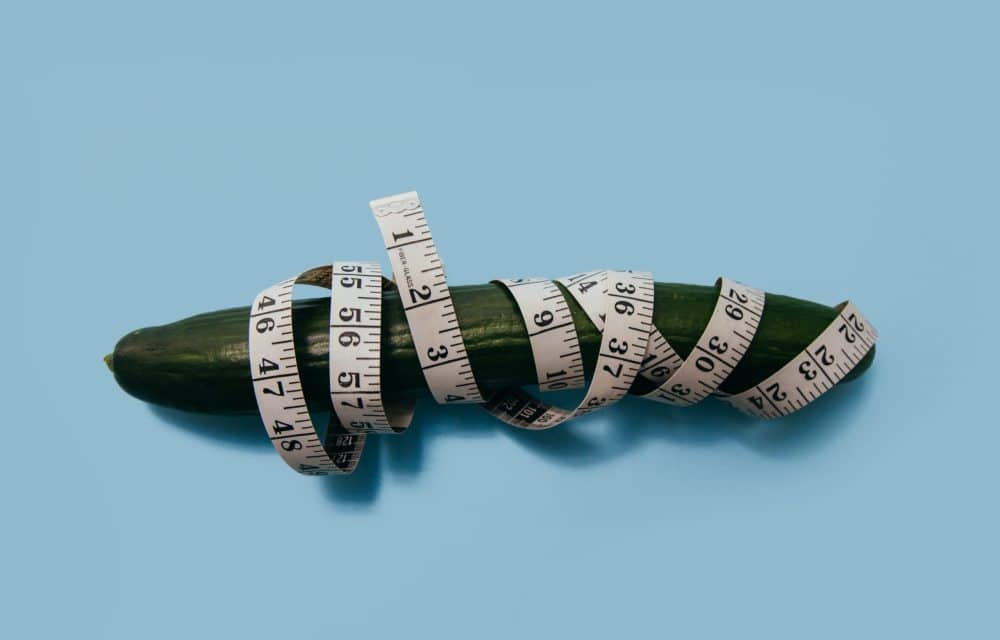
 Special diets are all restrictive diets in one way or another, even if it’s a healthy diet. If you’re suffering from a food allergy, you have to go on a restrictive diet that eliminates that type of food. However, most people think of super low calorie or low carbohydrate diets when they hear the term restrictive. There are pros and cons for both those types of diets and diets like paleo, raw food and vegan.
Special diets are all restrictive diets in one way or another, even if it’s a healthy diet. If you’re suffering from a food allergy, you have to go on a restrictive diet that eliminates that type of food. However, most people think of super low calorie or low carbohydrate diets when they hear the term restrictive. There are pros and cons for both those types of diets and diets like paleo, raw food and vegan.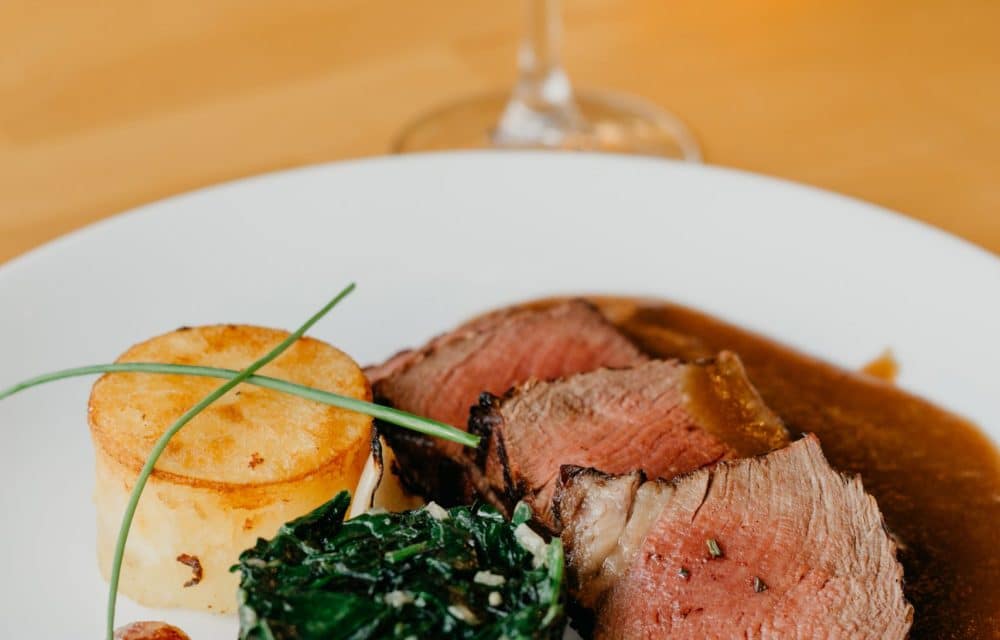
 Whether you’re the average person who doesn’t exercise, trying to get into shape or at the level of a bodybuilder you need protein, but do you need protein with every meal? Protein is an important macronutrient that you need to build new muscle tissue. If you’re sedentary, you need less protein than someone who is active and the more intense your workout, the more protein you need. How much is enough and when and how often should you consume it?
Whether you’re the average person who doesn’t exercise, trying to get into shape or at the level of a bodybuilder you need protein, but do you need protein with every meal? Protein is an important macronutrient that you need to build new muscle tissue. If you’re sedentary, you need less protein than someone who is active and the more intense your workout, the more protein you need. How much is enough and when and how often should you consume it?